Stable Diffusion Prompt Guide
The prompt is a textual description used to guide Stable Diffusion model in generating images. By providing detailed and specific descriptions of scenes, objects, or artistic styles, the model can accurately create visual representations of the described concepts.
To get the most out of Stable Diffusion, an advanced text-to-image generation model, try breaking down your prompts into three components:subject,actionandstyle. By structuring prompts this way, you provide clear and detailed instructions to the model, resulting in more accurate and compelling images. Experiment by dragging or clicking these prompts into the prompt box to see how different words influence the final output.
In Stable Diffusion, a weight allows you to assign varying degrees of importance to different elements within your prompt, influencing how prominently each aspect appears in the generated image. By adjusting the weights, you can guide the model to emphasize certain colors, styles, or features over others.
For instance, if your prompt describes leaves that are green and yellow and you assign a higher weight to green compared to yellow, the resulting image will feature predominantly green leaves with subtle hints of yellow . Conversely, increasing the weight of yellow would result in images where yellow leaves are more prominent. This weighting mechanism provides nuanced control over the creative output, enabling you to fine-tune the balance of elements to match your vision precisely.
In Stable Diffusion, a negative prompt is utilized to specify unwanted features or elements, guiding the model to generate more accurate and preferred outcomes by deliberately excluding certain details, styles, or subjects.
For example, if your prompt is describing cats are sitting on the street and you include white cat as a negative prompt, the model will aim to produce an image with cats of any other color but white. This ensures that the generated image aligns more closely with your requirements by avoiding specific undesirable elements. The ability to use negative prompts allows for refined control over the image creation process, enhancing the likelihood of achieving the desired result without compromising on creativity.
In Stable Diffusion, the term steps refers to the number of iterations the model uses to refine the image from noise to the final output. Higher steps generally lead to more detailed and higher-quality images as the model has more opportunities to adjust and enhance the picture.
However, increased steps also require more computational resources and time. Experimenting with the number of steps can help you find a balance between image quality and processing time that fits your needs. For instance, starting with 20-25 steps can provide a good baseline, and then you can adjust based on your specific requirements and available resources.
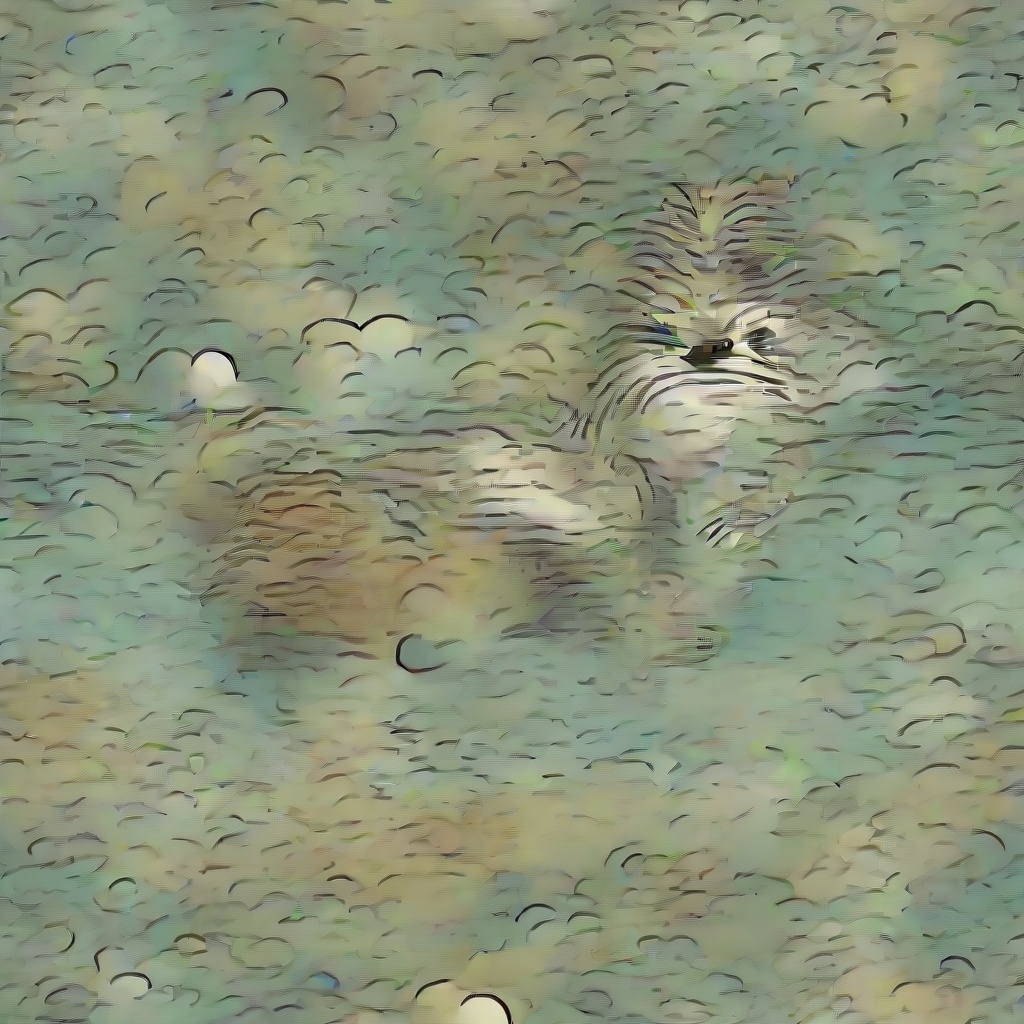


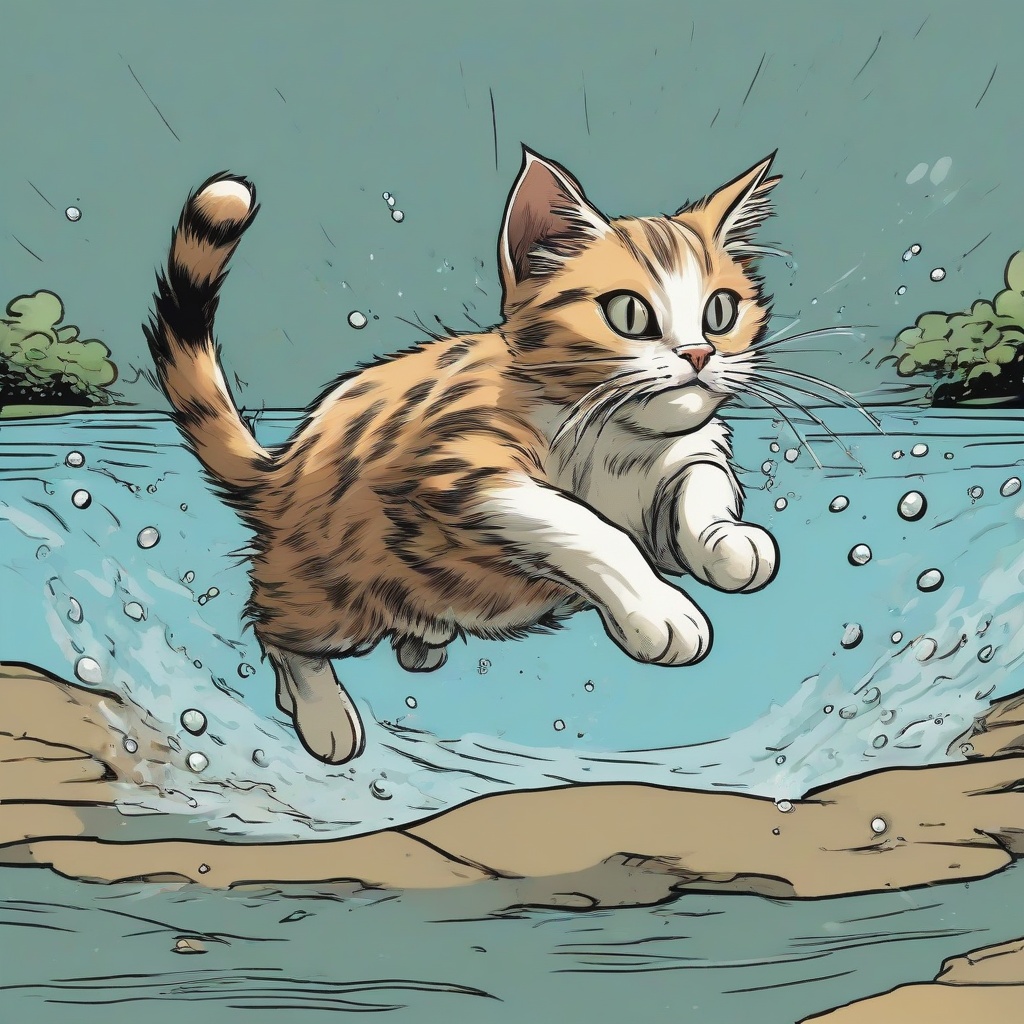
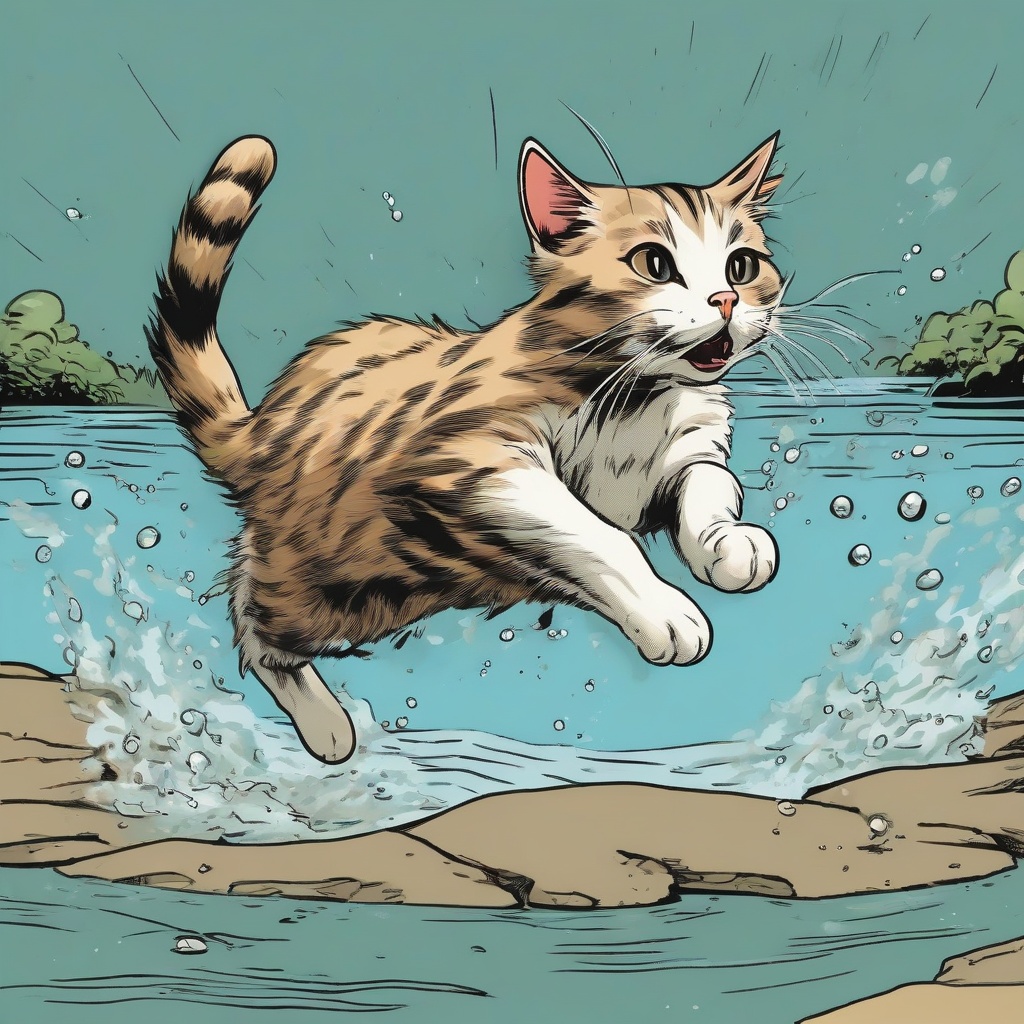
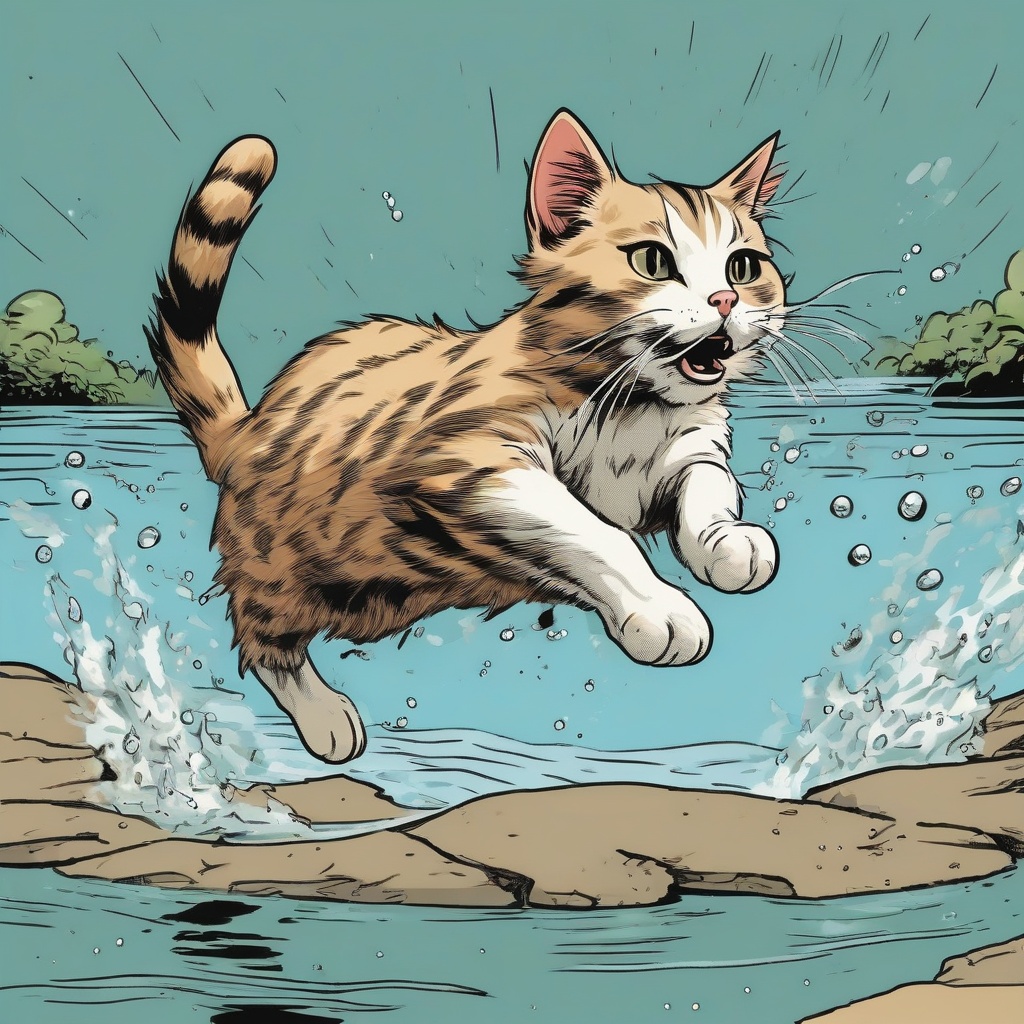

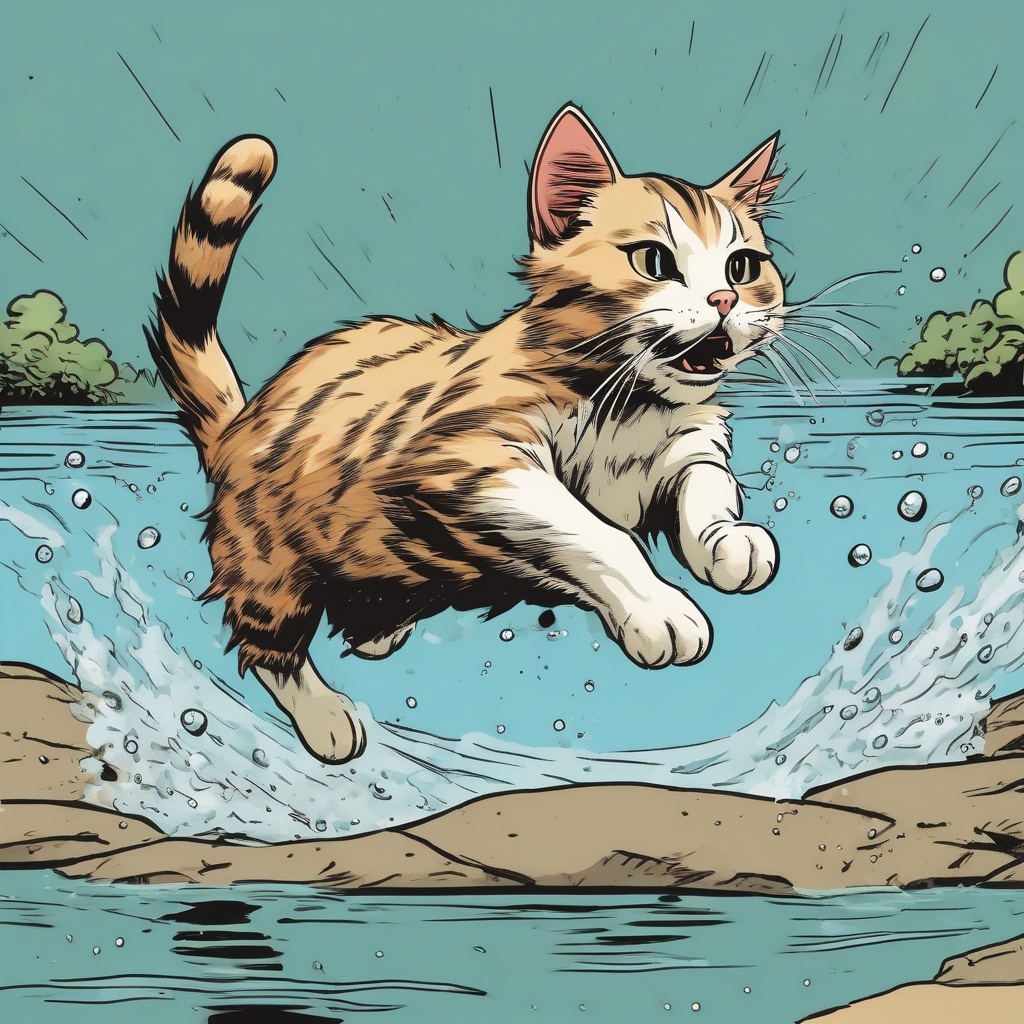
In Stable Diffusion, a seed is a numerical value that initializes the random number generator for image synthesis, ensuring reproducibility and consistency. Setting a specific seed makes the model's processes deterministic, resulting in the same or similar images each time, which is useful for recreating or adjusting outputs. The seed allows predictable and controllable outcomes and can be changed to explore diverse variations from the same prompt.
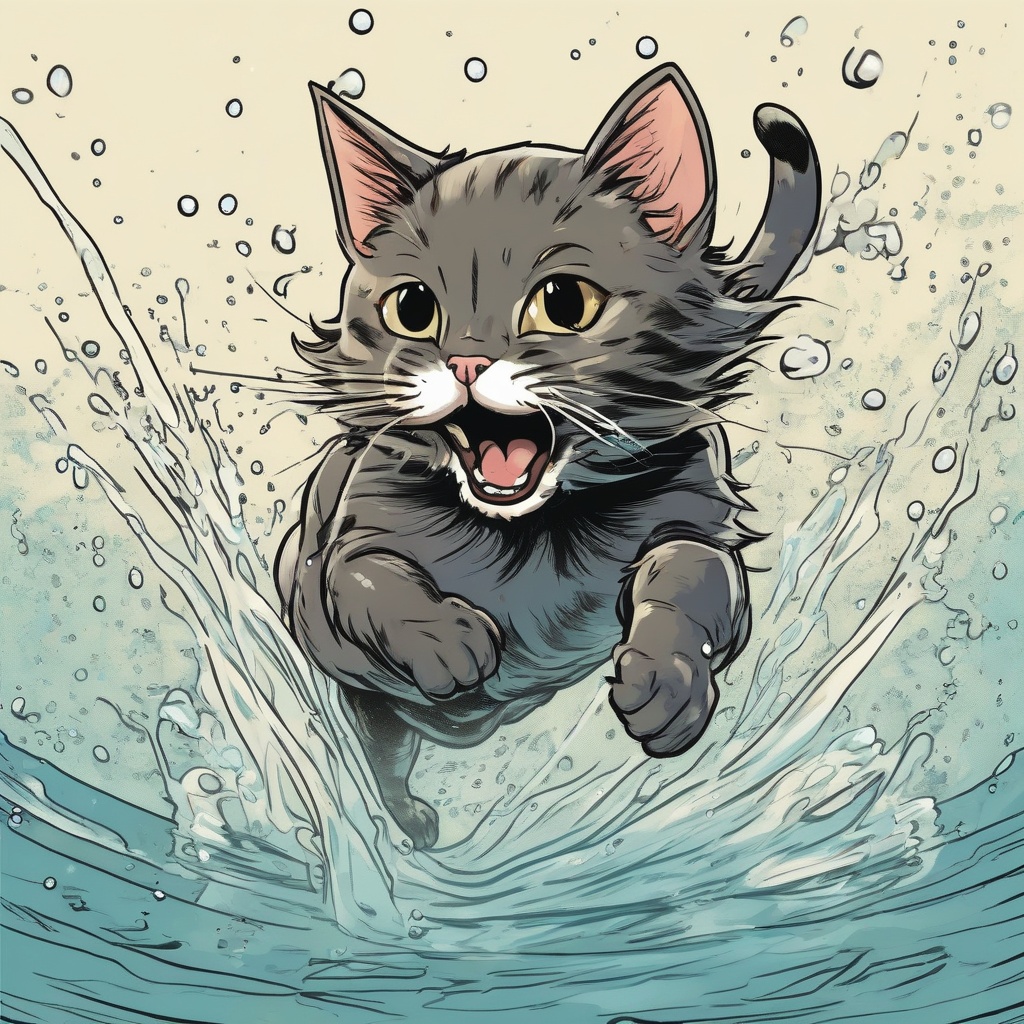

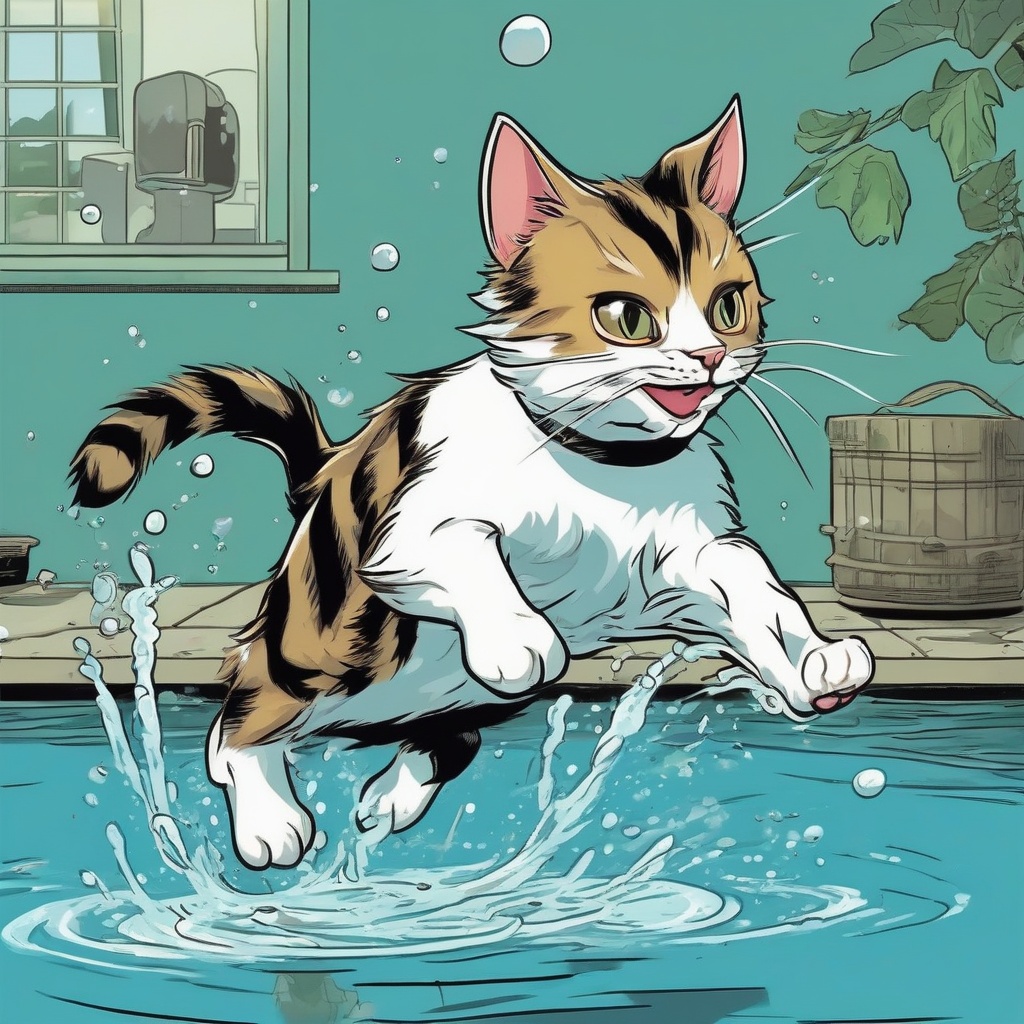
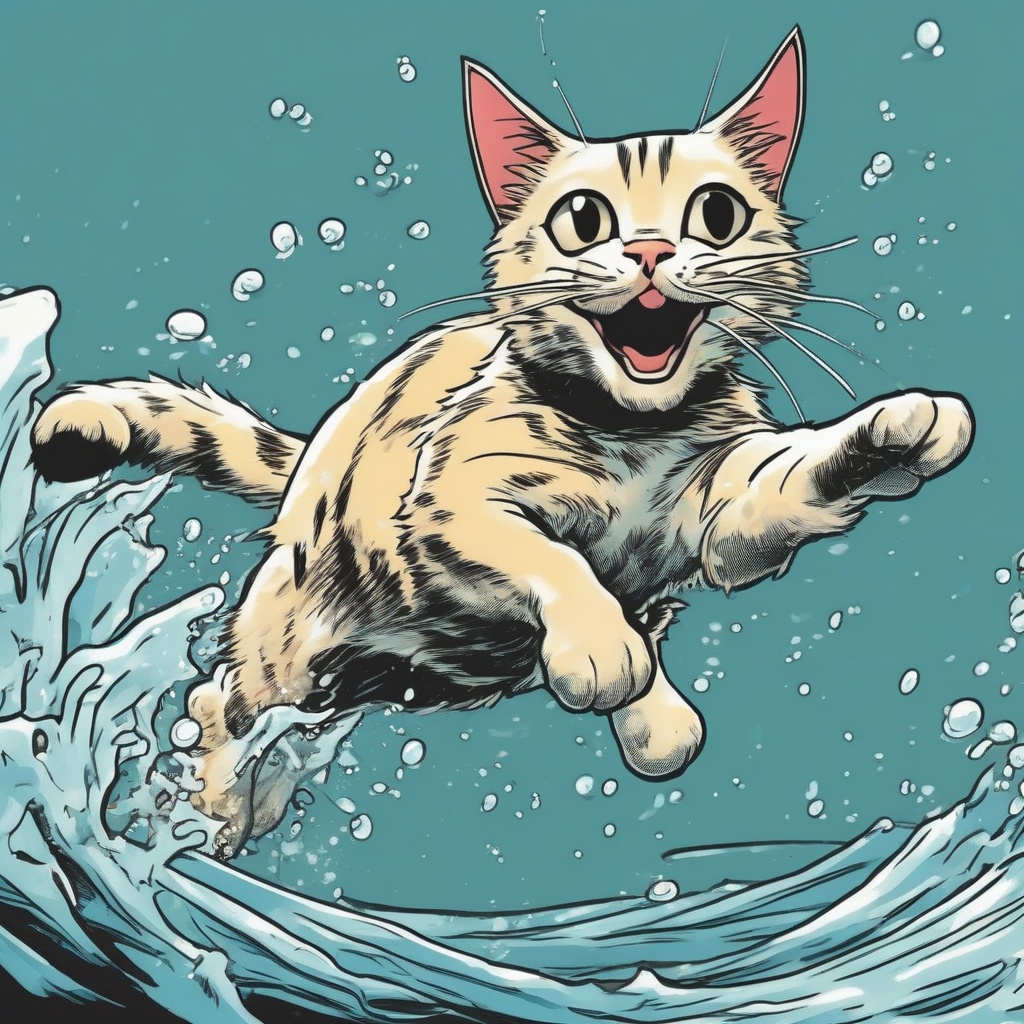
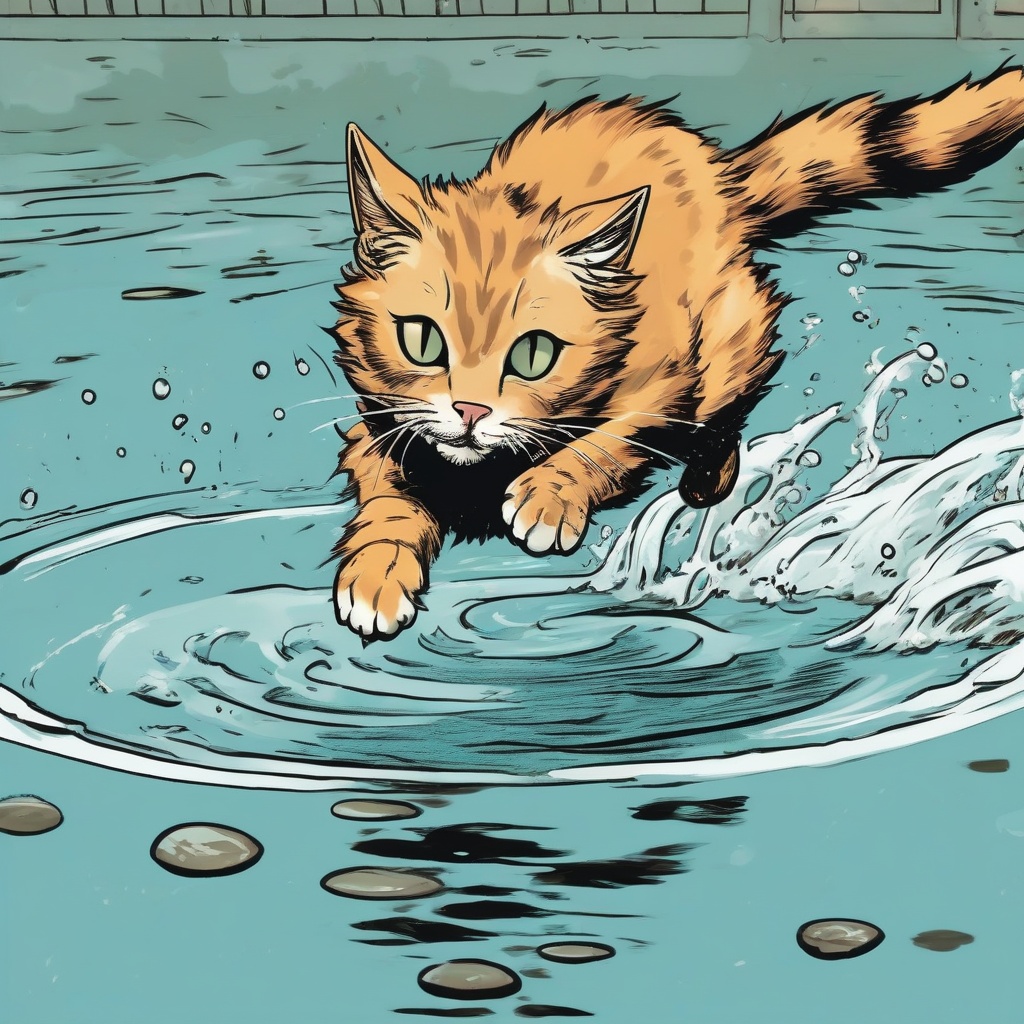
You can join the newsletter to be notified of awesome interactive articles and courses about software, design and AI. You will receive at most a few emails per month.
